An integrated management system brings your different standards and processes together into one unified framework. You gain better control over quality, safety, and compliance by connecting departments through shared goals and data. Studies show that companies using an integrated management system see a strong positive effect on innovation and employee performance.
| Hypothesis / Variable | Statistic Value | Significance (p-value) | Interpretation |
|---|---|---|---|
| IMS effect on organizational innovation | 6.273 | 0.000 | Strong significant positive effect |
| Organizational innovation effect on organizational excellence | 4.360 | 0.000 | Strong significant positive effect |
You can also improve compliance and data accuracy by automating regular audits. Tools like FineReport help you centralize data, streamline audits, and make informed decisions faster.
An integrated management system brings all your management systems, processes, and standards together into one unified approach. Instead of running separate systems for quality management, environmental protection, or workplace safety, you combine them into a single framework. This method gives you a clear view of your business operations in Malaysia and helps you manage everything more efficiently.
You often see organizations use an integrated management system to meet multiple iso management standards, such as ISO 9001 for quality management, ISO 14001 for environmental management, and ISO 45001 for occupational health and safety. By integrating these systems, you reduce duplication, align overlapping requirements, and make compliance much simpler. You also save time and money by combining audits and documentation. This approach helps you improve performance, increase customer satisfaction, and support continuous improvement.
Tip: When you use an integrated quality management system, you can streamline your processes and make better decisions in Malaysia based on accurate, real-time data.
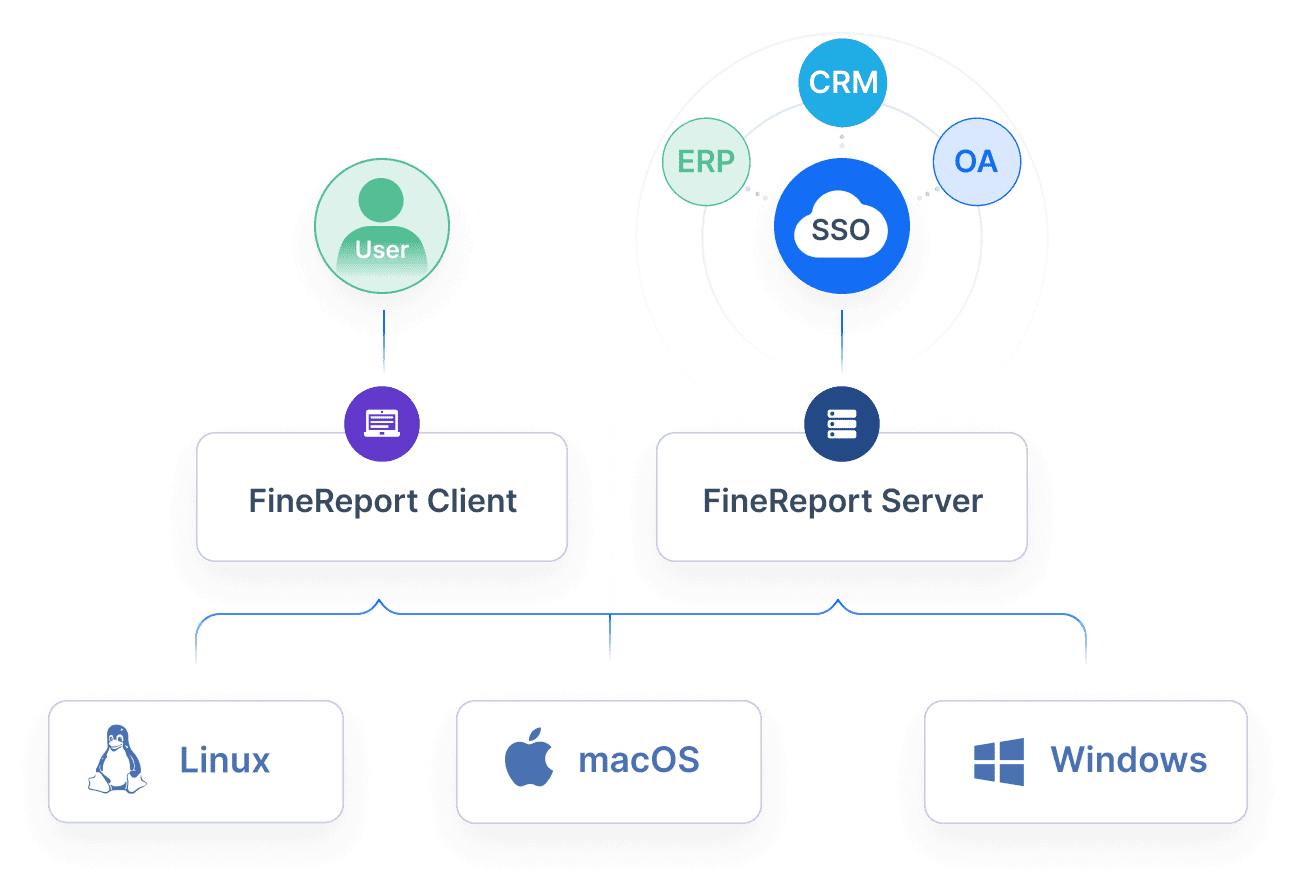
To get the most out of an integrated management system, you need to follow some key principles:
When you follow these principles, you improve communication, reduce conflicts, and boost productivity. Studies show that organizations in Malaysia with integrated management system see better teamwork, higher efficiency, and lower compliance costs. You also make it easier to meet international requirements and stay competitive in your industry in Malaysia.
When you use an integrated management system, you remove unnecessary steps and combine overlapping tasks. This approach helps you avoid doing the same work twice and saves both time and money. Many organizations in Malaysia have seen a 95% success rate in operational efficiency by using integrated workflow management systems. You can expect shorter cycle times, less waste, and higher productivity.
| Aspect | Result or Example |
|---|---|
| Cycle Time Reduction | Faster decision making and agile service delivery |
| Collaboration | Better cross-department coordination |
| Productivity Increase | More output with the same or fewer resources |
| Tech Industry Example | 30% faster product release cycles |
| Logistics Example | 20% fewer lost shipments |
| Healthcare Example | Lower admin costs, better patient care coordination |
You can achieve these results by using tools like FineReport from FanRuan. FineReport connects your data from different departments, automates reporting, and helps you monitor business processes in Malaysia in real time. With FineReport, you can map your processes, automate routine tasks, and improve collaboration across teams. This leads to streamlined processes and higher productivity.
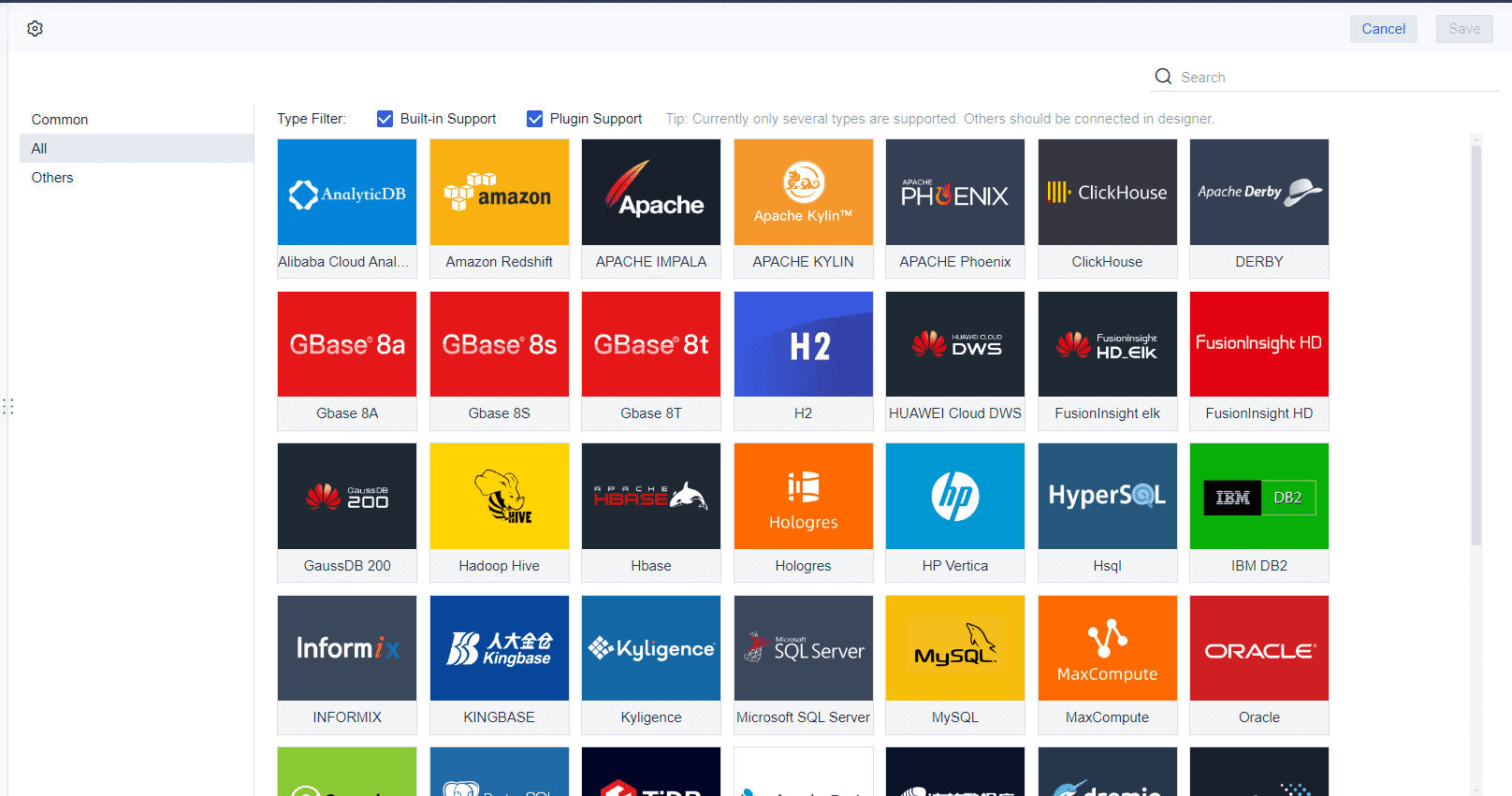
Note: Gradual implementation and regular training help your team adjust to new systems and get the most value from your investment.
Managing compliance and risk becomes much easier when you bring all your management systems together. You can automate evidence gathering, combine audits, and reduce consulting fees. This approach leads to fewer incidents and lower costs when problems do happen. Early detection of risks helps you avoid crises and protect your company’s reputation in Malaysia.
| Benefit Area | Quantitative Outcomes and Improvements |
|---|---|
| Reduced Compliance Costs | Lower consulting fees and compliance expenses |
| Fewer Incidents & Lower Impact | Early detection prevents crises and supply-chain disruptions |
| Strategic Decision-Making | Better risk transparency and scenario planning |
| Stakeholder Trust & Brand Value | Higher credibility with investors, regulators, and customers |
You can use FineReport’s compliance features to track your progress, schedule audits, and generate reports automatically. This digital integration supports proactive risk management and integrated risk assessments. You will see improved audit outcomes, higher regulatory compliance rates, and stronger stakeholder trust. FineReport also helps you prepare for iso certification and iso accreditation by keeping all your documentation in one place and making it easy to show compliance.
Tip: Automated reporting and real-time dashboards make it simple to spot issues before they become bigger problems.
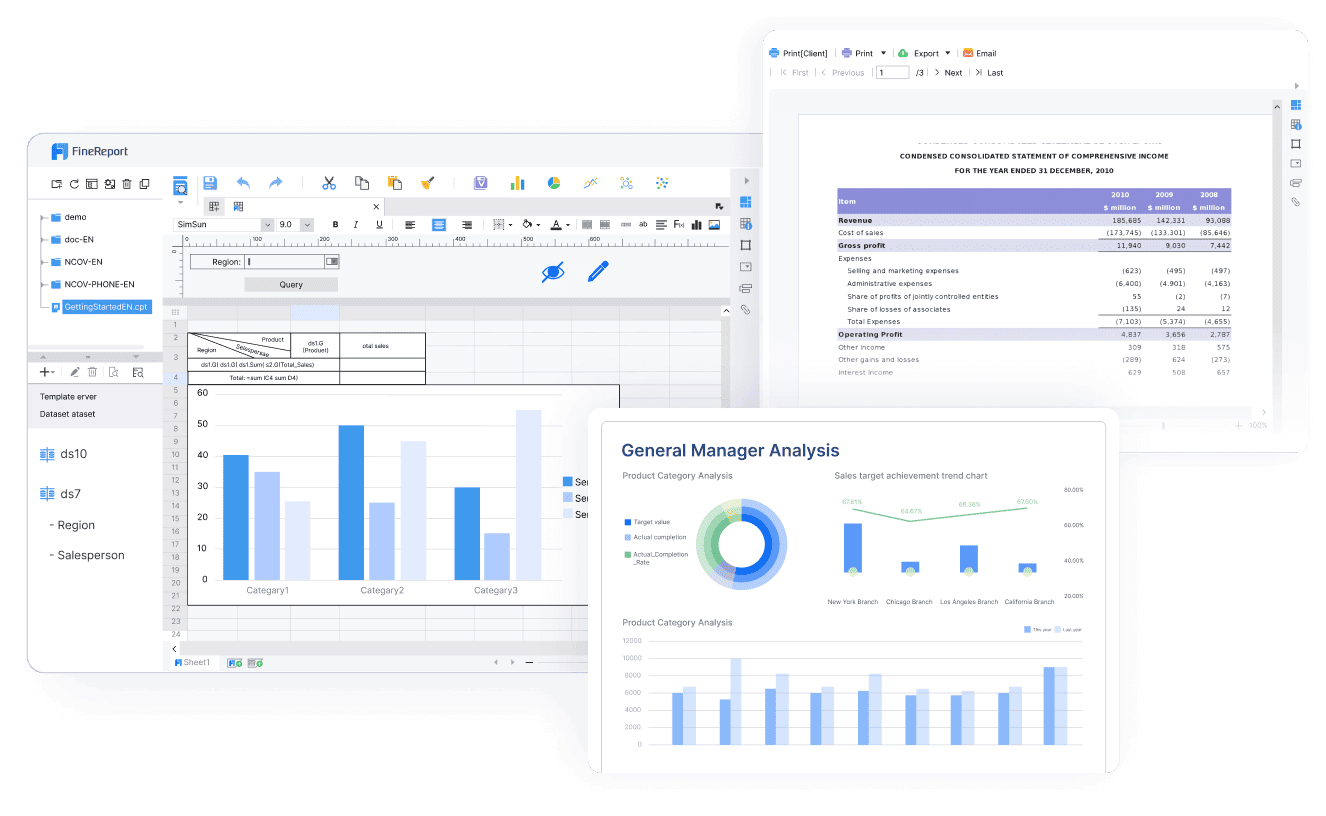
An integrated management system helps you align your goals across the entire organization. You set clear objectives and key performance indicators (KPIs) at every level, making sure everyone works toward the same targets. This alignment improves communication and keeps everyone focused on what matters most.
| Aspect | Supporting Evidence |
|---|---|
| Integration of multiple standards | IMS combines ISO 9001, ISO 14001, ISO 45001, and more for unified strategy |
| Reduction in duplication | 30-40% less documentation and admin burden |
| Operational efficiency | Streamlined audits, training, and reporting improve clarity and efficiency |
| Structural alignment | 70% of ISO requirements addressed by common processes |
| Governance and leadership | Strong leadership and governance align IMS with company strategy |
| Planning and objectives | PDCA cycle and SMART KPIs ensure continuous improvement and alignment |
| Communication | IMS enables effective communication at all levels |
| Risk management | Integrated risk assessments support unified decision-making |
| Business benefits | 30-40% compliance cost reduction, improved stakeholder confidence, stronger market position |
FineReport makes it easy to set up dashboards that track your KPIs and objectives. You can share these dashboards with teams across your company in Malaysia, so everyone stays informed and motivated. This unified approach leads to performance enhancement, better resource use, and time and cost-effectiveness. FineReport also supports your journey toward iso certification and iso accreditation by keeping your management systems connected and up to date.
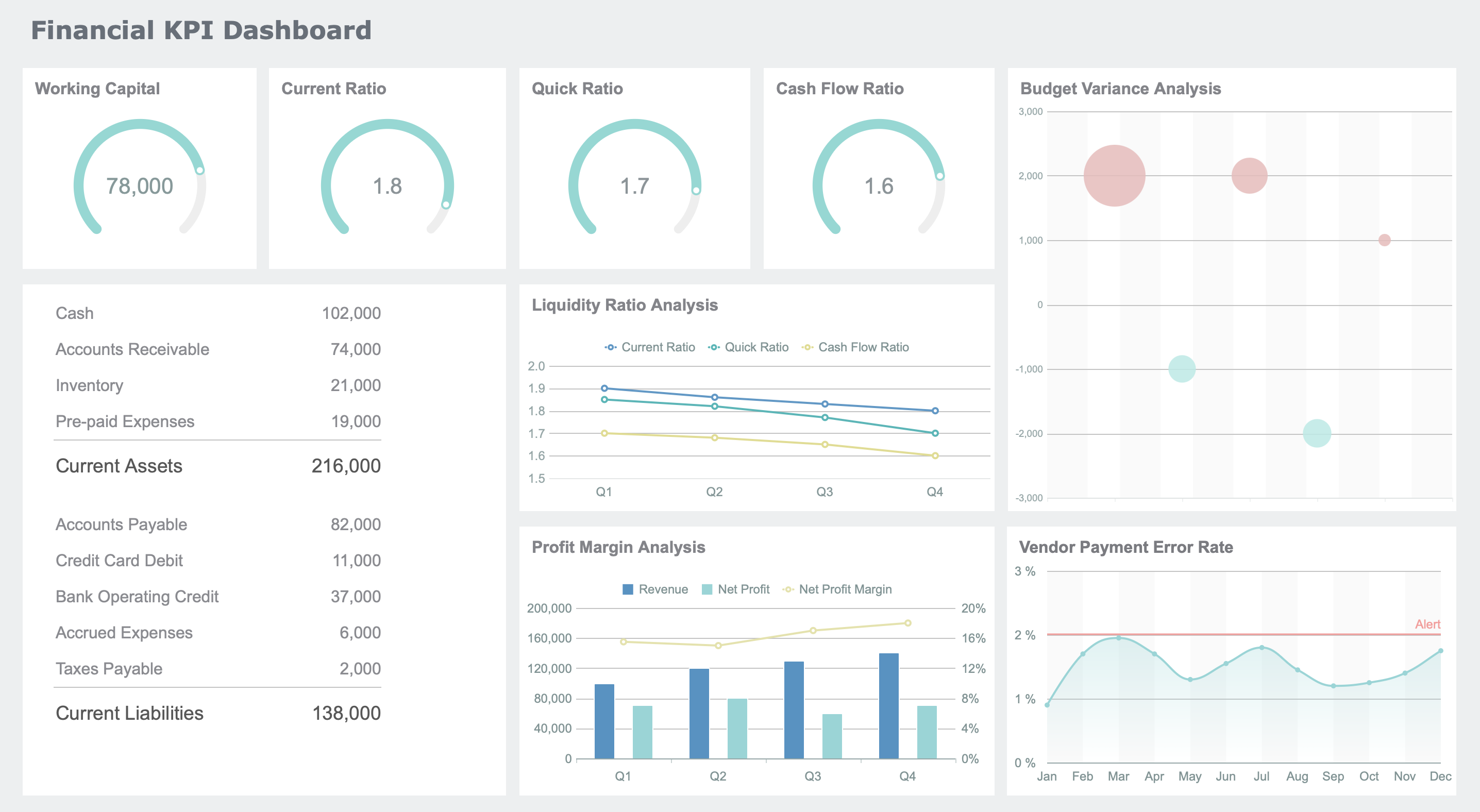
Remember: When everyone shares the same goals and information, your organization in Malaysia becomes more agile and competitive.
When you build an integrated management system, you bring together several key management systems that support your business goals in Malaysia. Each system focuses on a specific area, but you gain the most value when you connect them into one unified framework. Let’s look at the most common systems you can integrate.
A quality management system helps you deliver products and services that meet customer expectations. You use it to set standards, monitor processes, and drive continuous improvement. By integrating your quality management system with other systems, you avoid duplicate work and ensure consistency across departments. Research shows that combining systems like ISO 9001 for quality, ISO 14001 for environmental management, and ISO 45001 for safety leads to stronger processes, cost savings, and better performance. FineReport lets you pull data from your quality management system and other sources, so you can track quality metrics, spot trends, and share results with your team in real time.
You use an occupational health and safety management system to protect your employees and create a safe workplace. When you integrate this system with your quality and environmental management systems, you reduce paperwork and streamline audits. Studies confirm that integration supports sustainable business performance in Malaysia, improves risk management, and helps you meet regulations. FineReport makes it easy to collect safety data, monitor incidents, and generate compliance reports, all from a single platform.
An energy efficiency management system helps you control energy use and lower costs. Companies that use ISO 50001 for energy management often see better results when they integrate it with other management systems. Research shows that this approach leads to improved energy efficiency, especially in areas like lighting and equipment monitoring. FineReport can connect your energy data with quality and environmental management data, giving you a complete view of your operations and helping you find new ways to save energy.
Information security is critical for protecting your business data in Malaysia. When you integrate information security standards like ISO 27001 with your quality, environmental management, and safety systems, you reduce duplication and improve risk management. Integration also streamlines audits and makes decision-making easier by bringing all your data together. FineReport supports this by allowing you to combine information security data with other management systems, so you can monitor risks, track compliance, and respond quickly to threats.
Tip: By integrating your management systems with FineReport, you create a single source of truth for your organization. This unified approach helps you make better decisions, improve efficiency, and stay ahead of compliance requirements.
When you start implementing an ims, you need a clear plan. Begin by setting your goals and identifying which management systems you want to integrate. Take small steps. Digital transformation works best when you move gradually. First, review your current processes and data. Next, ensure your information security is strong before you digitize sensitive records. Invest in training your team to build digital skills. Use a step-by-step approach:
Tip: Avoid rushing digital changes. Gradual implementation reduces risk and helps your team adapt.
A successful integrated management system relies on several key components. You need strong document and records control, standardized processes, and effective data management. Digital tools make these tasks easier. The table below shows important components and examples of digital support:
| Key Component | Description | Digital Tool Example |
|---|---|---|
| Document Control | Manage procedures and records | Electronic QMS, FineReport |
| Process Management | Standardize and automate workflows | Workflow modules |
| Data Management & Analysis | Collect and analyze data for decisions | Dashboards, FineReport |
| Continuous Improvement | Track and manage improvements | CAPA tracking tools |
| Equipment Calibration | Maintain and track quality instruments | Calibration software |
FineReport connects these components, letting you automate reporting and visualize data from multiple sources.
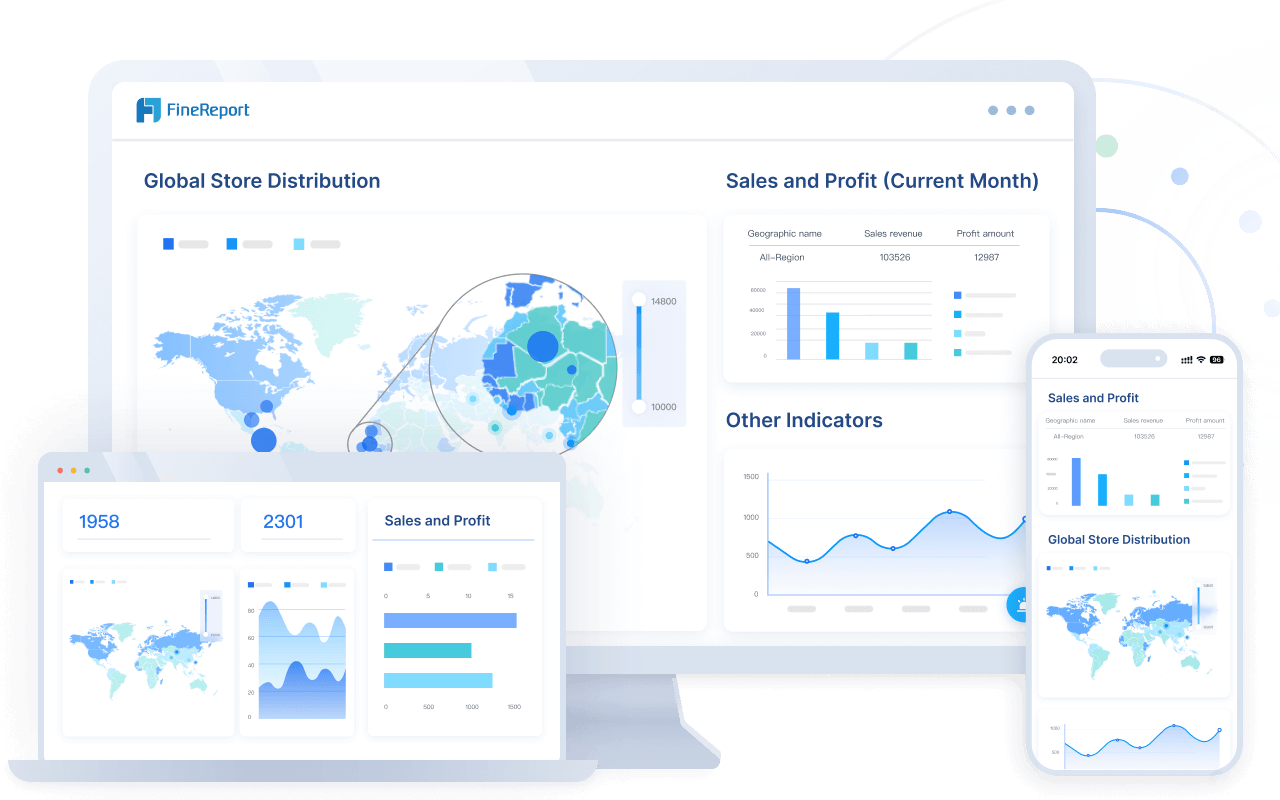
You may face challenges when implementing an ims. Common issues include limited resources, lack of motivation, and complex processes. To overcome these, focus on employee engagement and clear communication. Start with partial integration if full integration seems too complex. Use decision-making frameworks to prioritize tasks. Collaboration between departments and stakeholders is key. In manufacturing, for example, integrating EHS (Environmental, Health, and Safety) management improves safety and compliance by bringing all data into one platform.
FineReport plays a central role in your digital transformation. You can integrate data from quality, safety, and environmental systems into one dashboard. Real-time reporting helps you spot trends and make quick decisions. For example, in manufacturing EHS management, FineReport lets you track incidents, monitor compliance, and generate reports automatically. Companies like Inditex and Bank of America have improved performance by using analytics and digital tools for workforce and process management. FineReport supports your journey by making data integration, reporting, and decision-making simple and effective.
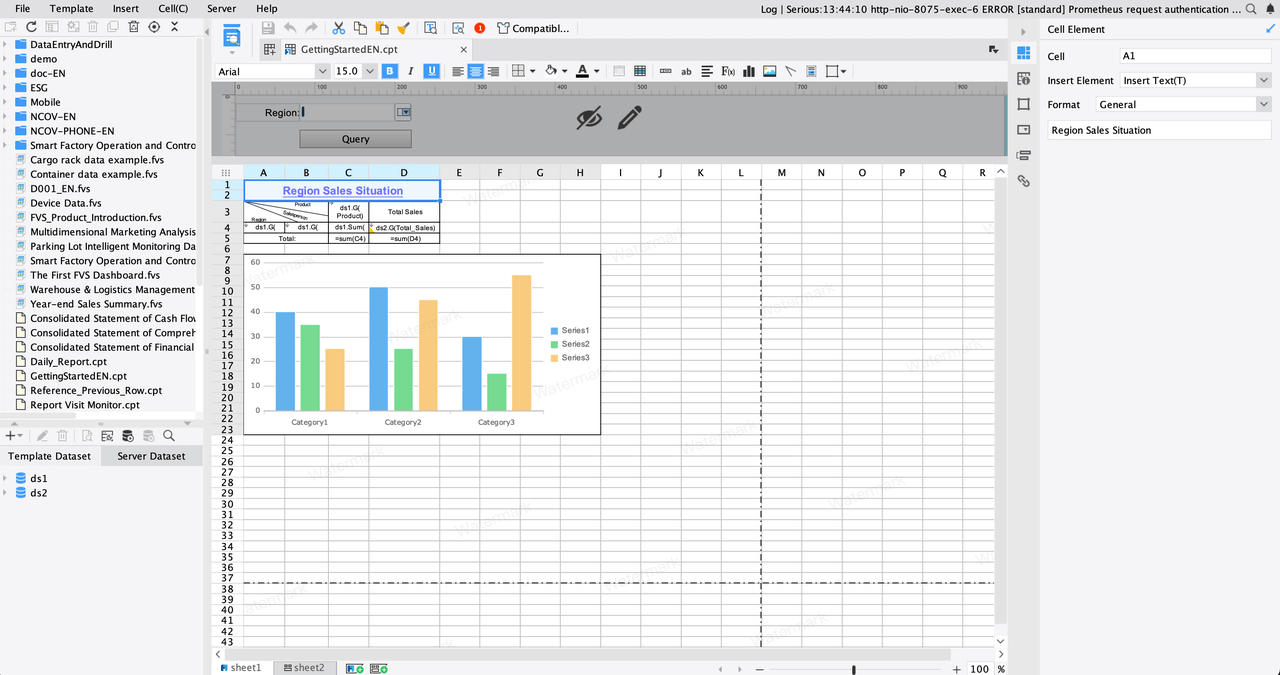
Adopting an integrated management system helps you boost efficiency, cut costs, and meet compliance goals. You align your business objectives in Malaysia and make smarter decisions with unified data.
Tip: Taking the first step toward integration can transform your organization’s performance and future growth.
Click the banner below to try FineReport for free and empower your enterprise to transform data into productivity!
Top 10 Types of Reports in Business & Management (with Examples)

The Author
Lewis
Related Articles
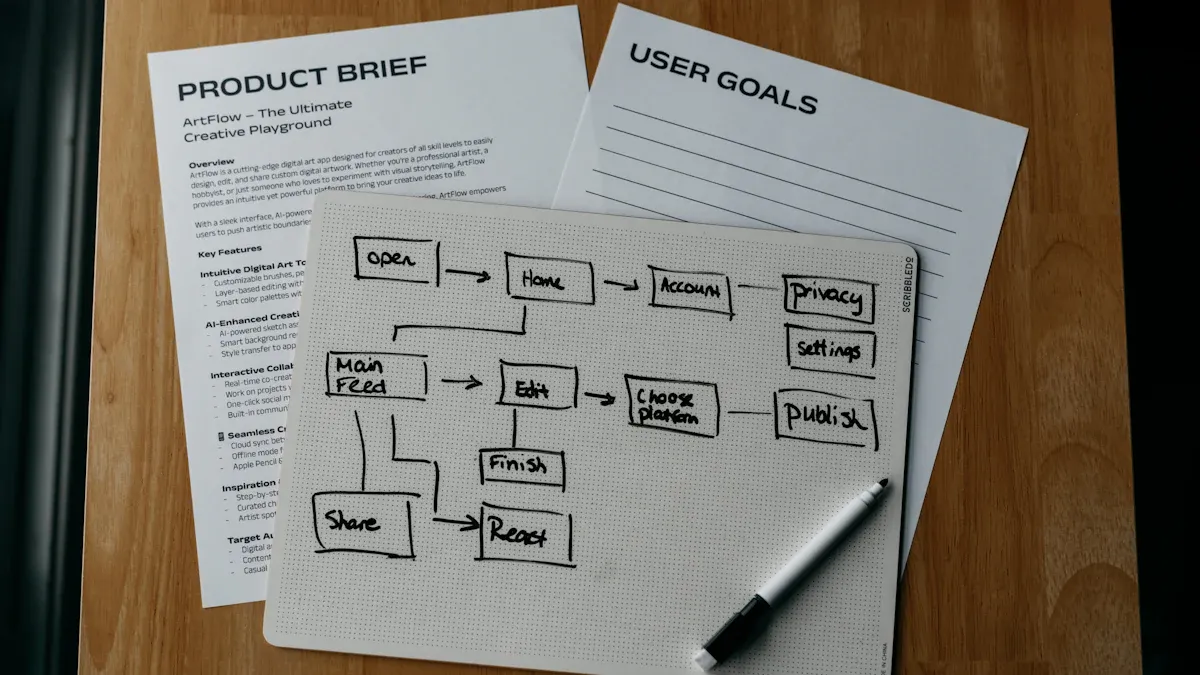
What is a data management platform in 2025
A data management platform in 2025 centralizes, organizes, and activates business data, enabling smarter decisions and real-time insights across industries.
Howard
Dec 22, 2025

Top 10 Database Management Tools for 2025
See the top 10 database management tools for 2025, comparing features, security, and scalability to help you choose the right solution for your business.
Howard
Dec 17, 2025
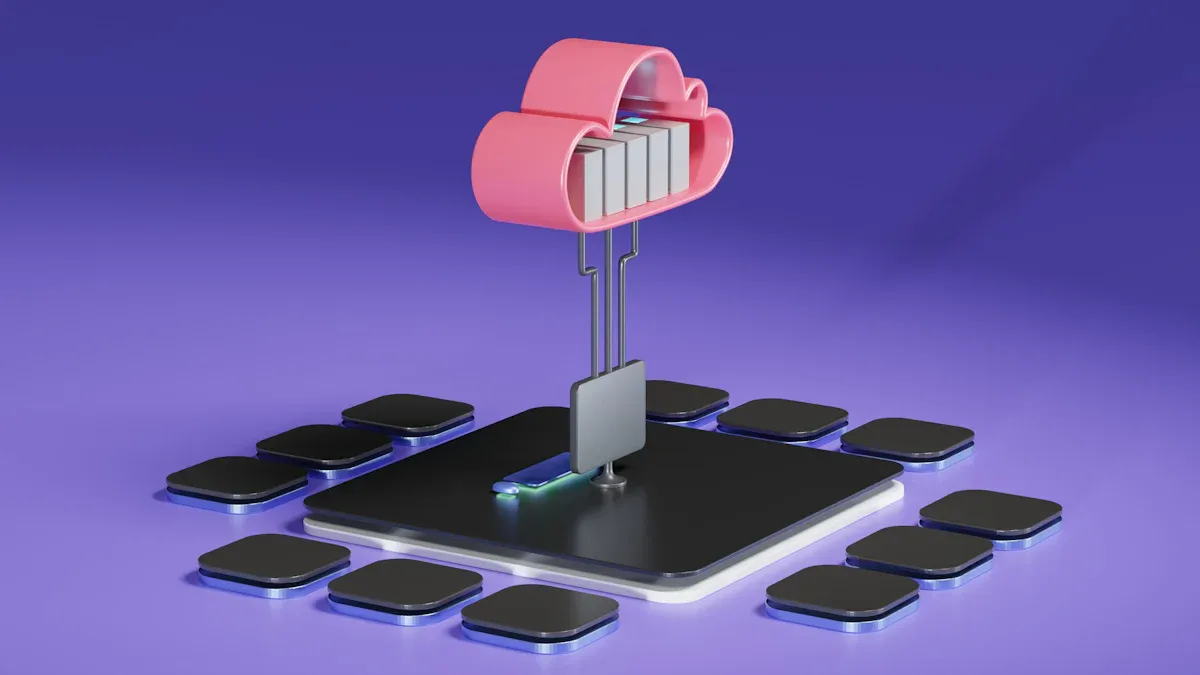
Best Data Lake Vendors For Enterprise Needs
Compare top data lake vendors for enterprise needs. See which platforms offer the best scalability, integration, and security for your business.
Howard
Dec 07, 2025